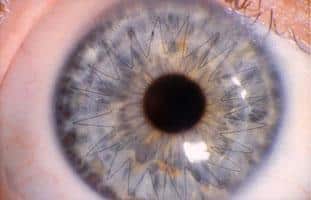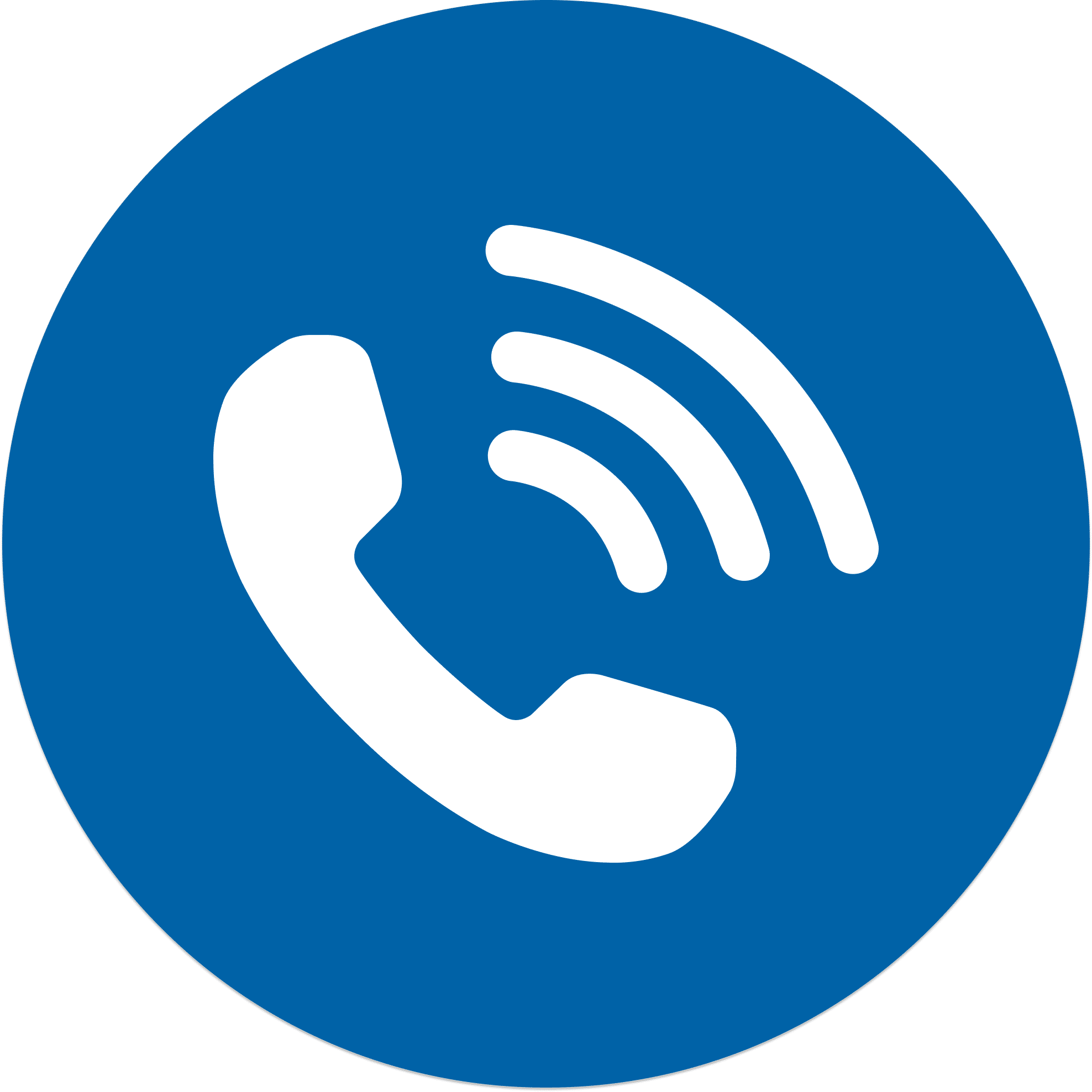 What is a Corneal Transplant?
What is a Corneal Transplant?
If the cornea is injured, it may become swollen or scarred, and its smoothness and clarity may be lost. Scars, swelling, or an irregular shape can cause the cornea to scatter or distort light, resulting in glare or blurred vision.
In corneal transplant surgery, the damaged cornea is removed and a clear donor cornea is sewn into place. Ophthalmologists perform more than 40,000 corneal transplants each year in the United States, Of all transplant surgeries done today – including heart, lung, and kidney — corneal transplants are the most common and successful.
Why would someone need a cornea transplant?
- Corneal failure after other eye surgery, such as cataract surgery
- Keratoconus, a steep curving of the cornea
- Hereditary corneal failure, such as Fuch’s cornea
- Scarring after infections, especially after herpes
- Rejection after first corneal transplant
- Scarring after injury
- Complications from LASIK (lamellar transplants)
What happens if you decide to have a corneal transplant?
Before Corneal Transplant
Once you and your ophthalmologist decide you need a corneal transplant, your name is put on a list at the local eye bank. Usually the wait is short. Before a cornea is released for transplant, the eye bank tests the human donor for the viruses that cause hepatitis and AIDS. The cornea is carefully checked for clarity. Your ophthalmologist may request that you have a physical examination and other special tests. If you usually take medications, ask your ophthalmologist if you should continue them.
Day of Cornea Transplant
Surgery is often done on an outpatient basis. You may be asked to skip breakfast, depending on the time of your surgery. Once you arrive for surgery, you will be given eye drops and sometimes medications to help you relax. The operation is painless. Anesthesia is either local or general, depending on your age, medical condition and eye disease. You will not see the surgery while it is happening, and will not have to worry about keeping your eye open or closed.
The Corneal Transplant Surgery
The eyelids are gently opened. Looking through a surgical microscope, the ophthalmologist measures the eye for the size for the corneal transplant.The diseased or injured cornea is carefully removed from the eye. Any necessary additional work within the eye, such as removal of a cataract, is completed. Then the clear donor cornea is sewn into place.When the operation is over, the ophthalmologist will usually place a shield over your eye.
Corneal Transplant Recovery
If you are an outpatient, you may go home after a short stay in the recovery area. You should plan to have someone else drive you home. An examination at the doctor’s office will be scheduled for the following day.
You will need to:
- Use the eye drops as prescribed;
- Be careful not to rub or press on your eye;
- Use over-the-counter pain medicine, if necessary;
- Continue normal daily activities except exercise;
- Ask your doctor when you can begin driving;
- Wear eyeglasses or an eye shield as advised by your doctor.
Your ophthalmologist will decide when to remove the stitches, depending upon the health of the eye and rate of healing. Usually, it will be several months, at least, before stitches are removed.








